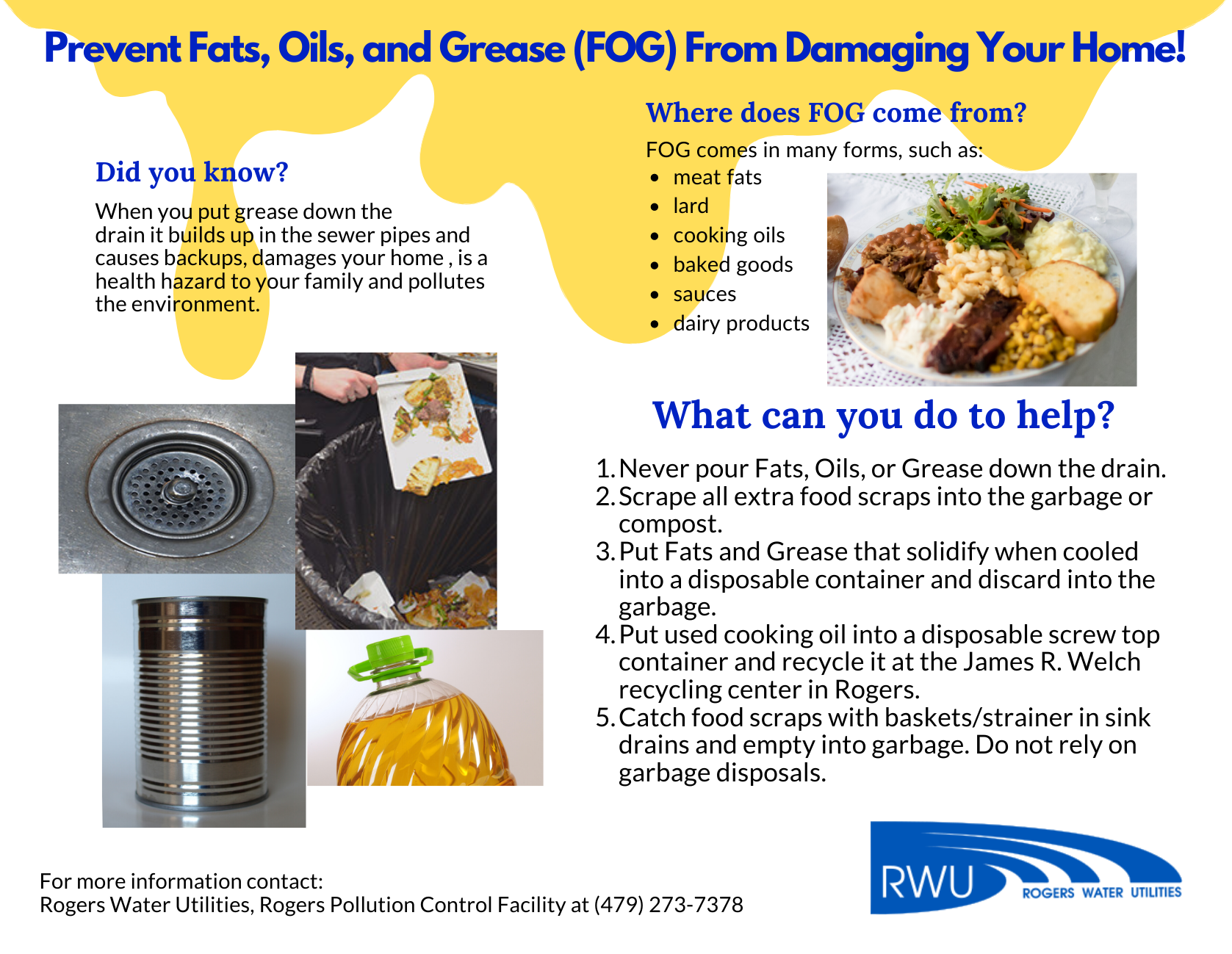Possible Leak-Related Consumption and How to Check for Leaks
Checking for a Plumbing Leak
Checking for Plumbing Leak
One of the best ways to tell if you have a leak in your home plumbing is to check the water meter. To do this, you’ll first have to turn off all water fixtures in your home. Shut off all faucets, and make sure the dishwasher and washing machine are not running. Next, watch the meter and see if it begins to change. If it does, you likely have a fast-moving leak. If the meter doesn’t change immediately, wait two hours, and check it again. If it has changed despite all the water being off, you may be dealing with a slower leak.
Checking Meters
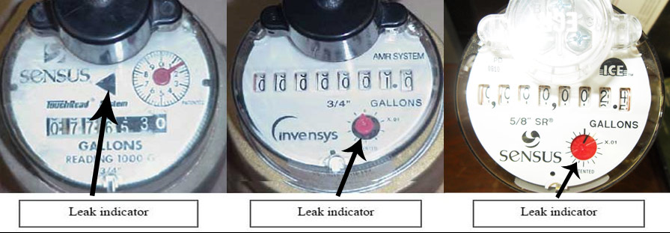
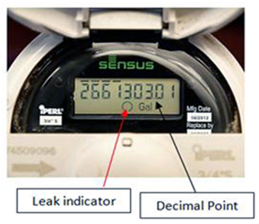
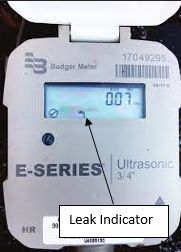
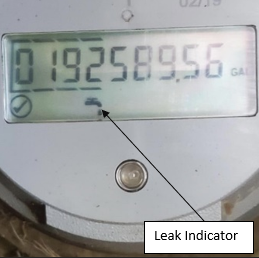
Remember that all piping after the meter is the homeowner’s responsibility. Rogers Water Utilities is responsible for repairing any leaks between the main and meter. Rogers Water Utilities is licensed by the state to work only on the public water system. Homeowner’s or plumbers work on the homeowner’s side of the meter, which is considered private.
If you determine that you do have a leak locate your home’s main shut off valve and shut off the water at the valve.
Again, check the leak indicator on the meter for movement or use the meter reading method, making sure not to use any water during this period. If the leak indicator stops moving or there is no change in the meter readings, then you have a leak inside of the house. If the leak indicator continues to move or there is a change in the meter readings, then the leak is between the meter and the main shut off valve.
By detecting a leak in its early stages, you could save a substantial amount of money. Water leaks (either a large leak or a combination of smaller leaks) can often be detected through the methods described above.
Toilet Leak
To test for a toilet leak, add a few drops of food coloring to your toilet tank and wait 20 minutes. If the color shows up in your bowl, then you have a leak allowing water to flow from the tank to your drain without ever flushing the bowl. Large toilet leaks can be detected when the valve constantly emits a hissing or gurgling sound when the toilet is not in use.
Common causes of toilet leaks include:
- The flapper valve or valve seat has deteriorated
- The flushing arm or lift chain is not working properly
- The tank water level is too high and spills into the overflow
- The float rod, ballcock, or float ball may be worn or corroded
Leaks in toilets always get larger and more costly over time. The sooner repairs are made the more quickly you can start saving water – and money.
Note: Sometimes by turning meter off and then back on will correct the leak if flapper is leaking because it will reset the flapper. If this happens it would be wise to go ahead and replace the flapper.
Slab Leaks
- A moist, damp, or wet spot on the floor
- A warm spot on the ground if the leak is in a hot water pipe
- Sounds of water dripping or trickling in an unexpected place
- Water coming through the foundation
- Sudden settling of the foundation
Lawn Leaks
Everyone wants a lush lawn, but if an area in your yard is much greener (and grows faster) than the rest of the grass, it could indicate the spot where a buried water line is leaking. If the leak is large enough, you might even see some puddles on the surface of the ground.
Check your outside spigots by attaching a garden hose; if water seeps through the connection while the hose is running, replace the rubber hose gasket and check to see all connections are tight.

